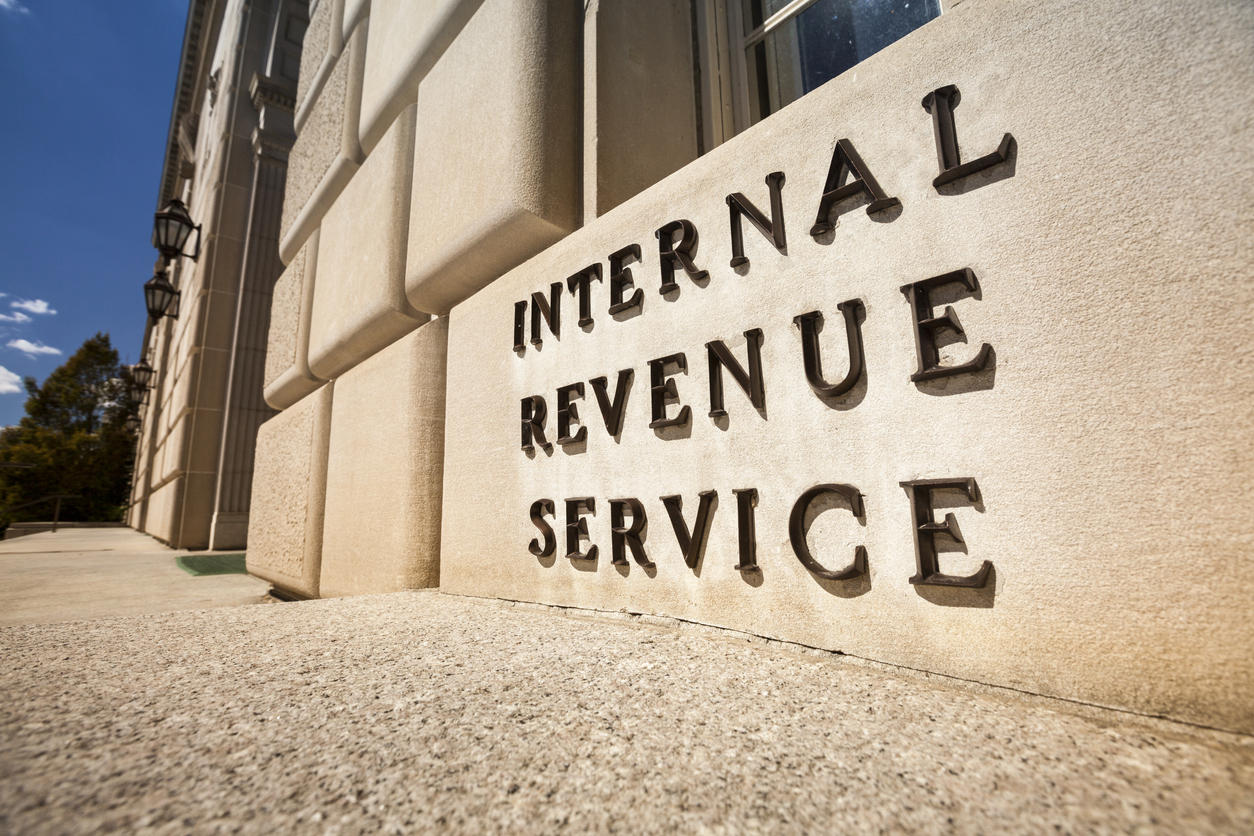The open enrollment period for 2017 Medicare coverage begins on October 15, 2016, and continues through December 7. This period, referred to as the annual enrollment period, or AEP, is when Medicare enrollees can make changes to their plans, or enroll for the first time if they did not do so when originally eligible.
Changes You Can Make During Medicare Open Enrollment
During Medicare open enrollment, you may switch from Original Medicare to Medicare Advantage, or vice-versa. Original Medicare is comprised of Medicare Part A (coverage of inpatient expenses) and Part B (general medical coverage)in a fee-for-service system. These components have been a part of Medicare from its inception. In Medicare Advantage (Medicare Part C), beneficiaries receive their Medicare Part A and B benefits (except hospice care) through one of a number of private health insurance plans, including HMOs and PPOs. If you are currently enrolled in a Medicare Advantage plan, you may switch to a different one during the annual enrollment period.
If you are in a Medicare Part D (prescription drug program) plan, you may switch to another one during open enrollment. If you did not enroll in Medicare Part D when you were first eligible to do so, you may enroll during this period, but you should be aware that there may be a late enrollment penalty.
What’s New for the 2017 Open Enrollment Period?
There are a few changes of which you should be aware for 2017. The good news is that the so-called “donut hole” for Medicare Part D prescription drug coverage continues to get smaller. In 2017, patients who have reached this gap in coverage will pay 40% of the cost of name brand drugs and 51% of the cost of generics. These percentages are reduced from 45% and 58%, respectively, in 2016. The Medicare Part D deductible will be $400 in 2017, however, up from $360 in 2016.
The bad news is that some Medicare participants will see an increase in their Medicare Part B costs. Most Part B enrollees have their premiums taken directly out of their Social Security checks. Because net Social Security checks may not, by law, decrease from year to year, and there was no cost-of-living increase to Social Security in 2016, it was not possible to increase the premium for those enrollees (other enrollees did see an increase). There is an expected cost-of-living adjustment in 2017, so those individuals who have their premium deducted from Social Security will see the increase of about seventeen dollars per month that other enrollees saw in 2016. The Medicare Part B monthly premium is expected to be at least $121.80 for all enrollees, with high-income enrollees paying a higher premium.
What You Should Do During Medicare Open Enrollment
It may be that you are satisfied with your existing Medicare Advantage plan or your Medicare Part D prescription drug plan. If so, as long as your current plan will still be available in 2017, you don’t need to do anything to keep your coverage. (If your plan is not continuing, the carrier will send you a notice in advance of the open enrollment period.)
However, even if you think you want to keep your current plan, you should review it and your other options. Even within the same plan, coverage and premiums may change. It’s possible that another plan would be a better choice for you in the coming year. If, like many people, you’re unsure where to begin in evaluating your choices, Estate Planning & Elder Law Services, P.C. works with professionals who specialize in helping people understand their Medicare options and make the best decision for them.
Changes You Can Make After Medicare Open Enrollment
After the Medicare open enrollment period ends, there are only limited changes you can make to your plan until the next annual enrollment period.
If, for some reason, you failed to enroll in Medicare A and B when you were first eligible, you may do so between January 1 and March 31, but your coverage will not take effect until July 1, and you may also be subject to a late enrollment penalty. For Medicare Part B, the penalty is equal to ten percent of the premium for each twelve month period for which you were eligible for the program prior to enrollment.
You cannot switch from Original Medicare to Medicare Advantage after the open enrollment period, but from January 1 to February 14, you may switch from Medicare Advantage to Original Medicare. If you do so, you will have until February 14 to enroll in a Medicare Part D prescription drug program, for which coverage will begin on the first day of the following month.
To obtain a copy of the 2017 Medicare handbook, you can request it at Medicare.gov. If you’d like to learn more about Original Medicare, Medicare Advantage, or Medicare Part D prescription drug coverage, we invite you to contact us to schedule a free initial consultation.





